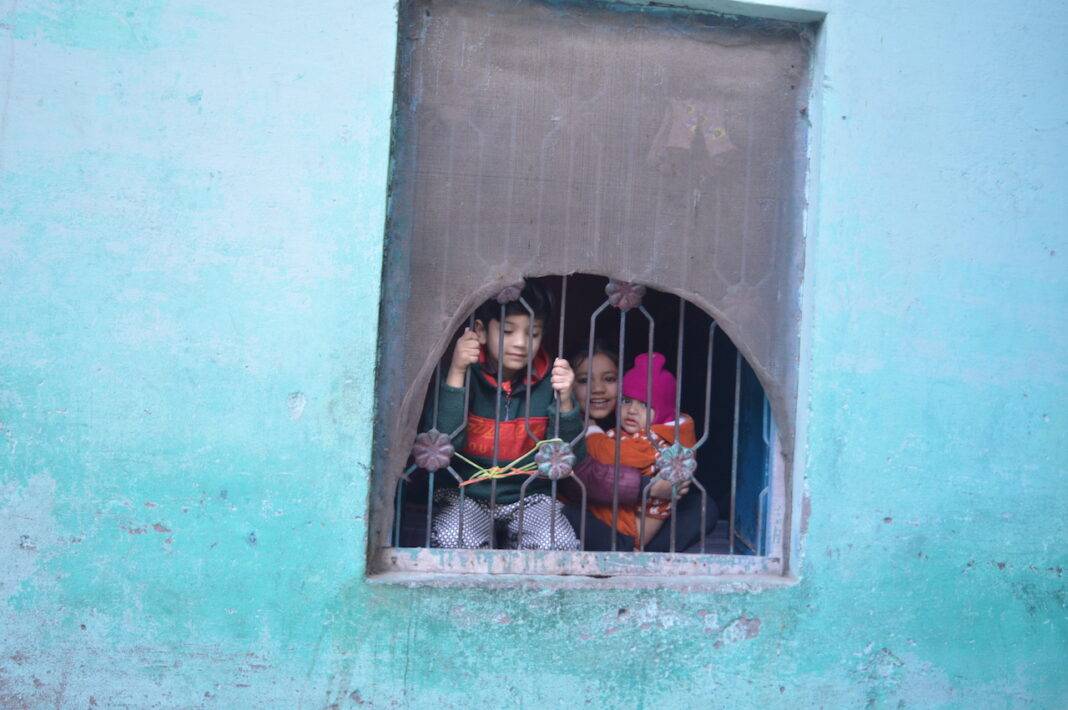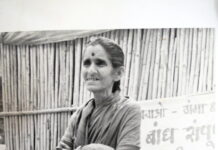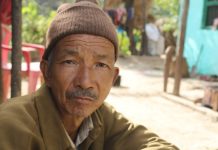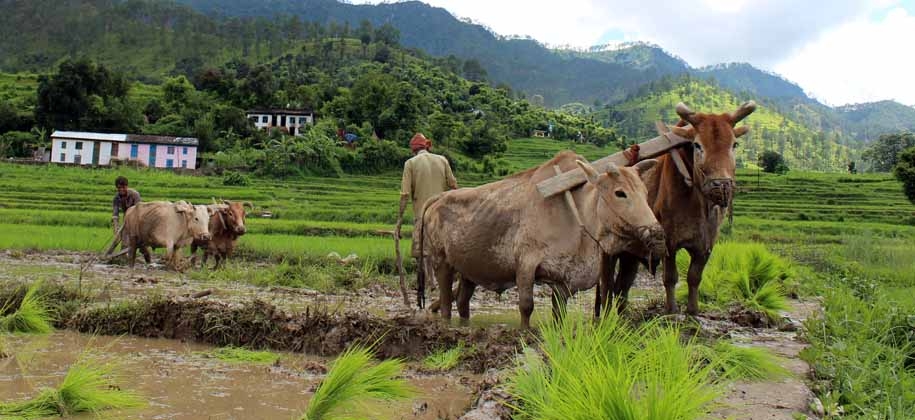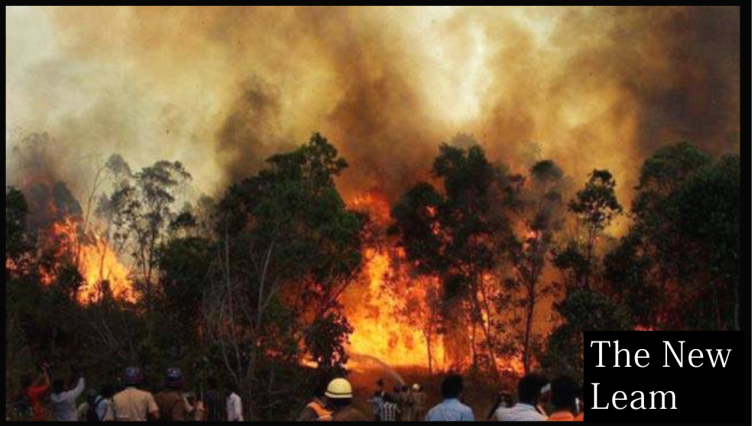Banbhulpura in Haldwani has been recently in the news as 50,000 to 1 lakh population in this area were asked to vacate their homes in the peak of winter by the High Court of Uttarakhand in its 20 December 2022 order. If they willingly did not vacate their houses, they could be evicted by employing police and para-military forces, as per the order. The Supreme Court has stayed this order. It rightly pointed to the insensitivity inherent in the act of uprooting families that have stayed there for three to four generations, forcibly and within a week’s time.
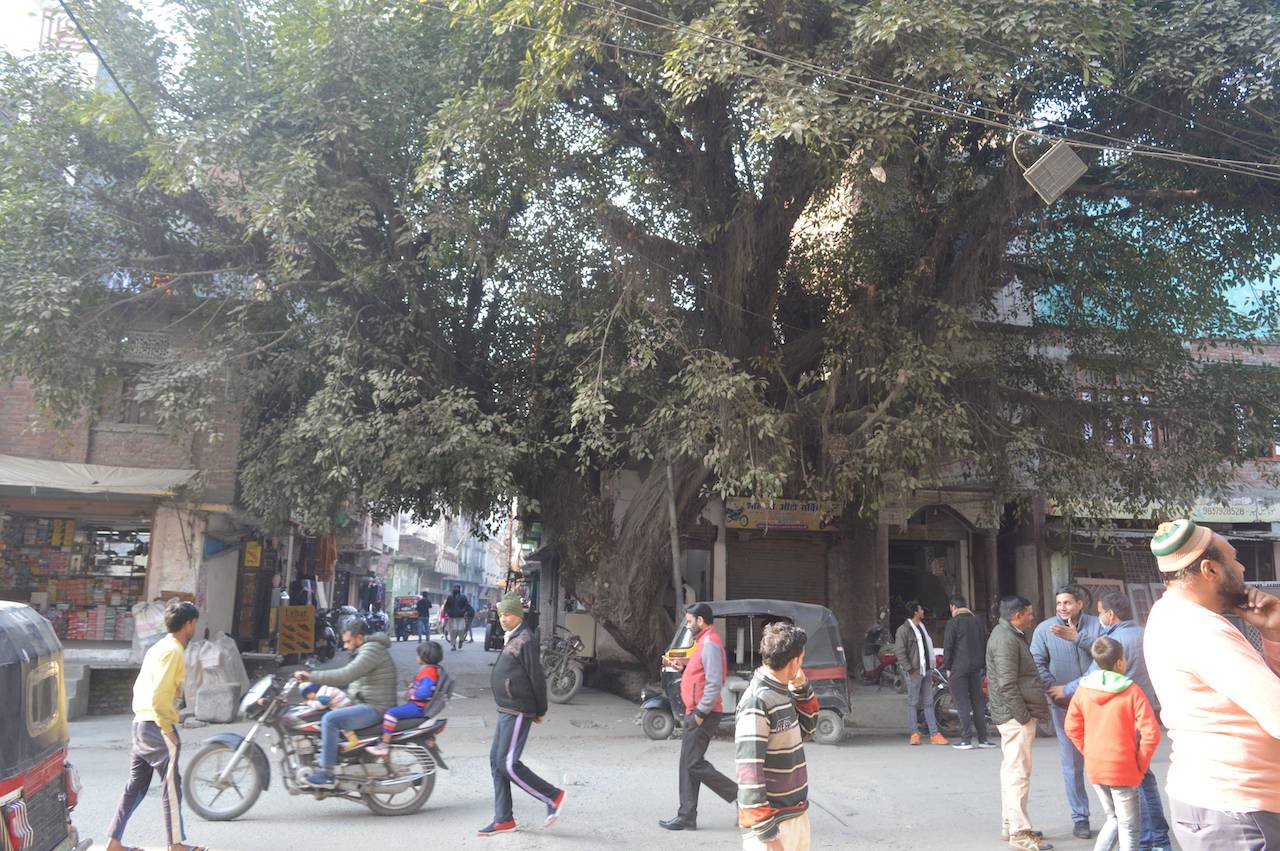
The demand made to the Banbhulpura residents was to remove what they have assembled over decades to make a home and a community and undo with their own hands the years of labour and love invested in building these. This is when they say they have valid documents and when the state is not even mentioning any plans for rehabilitation.
They were served notices of eviction on the very first day of the year. Since the order came out, police forces started assembling, drone cameras flew over the area and announcements were made on loudspeakers. The residents spent sleepless nights and were out on the streets to discuss worryingly what will happen and to hold sit-ins, candlelight marches and duas to appeal that this kind of brutality is stopped. It was difficult to swallow even a bite of food, many shared. Many who could not go to work in such a state, did not have enough to cook in the evenings.
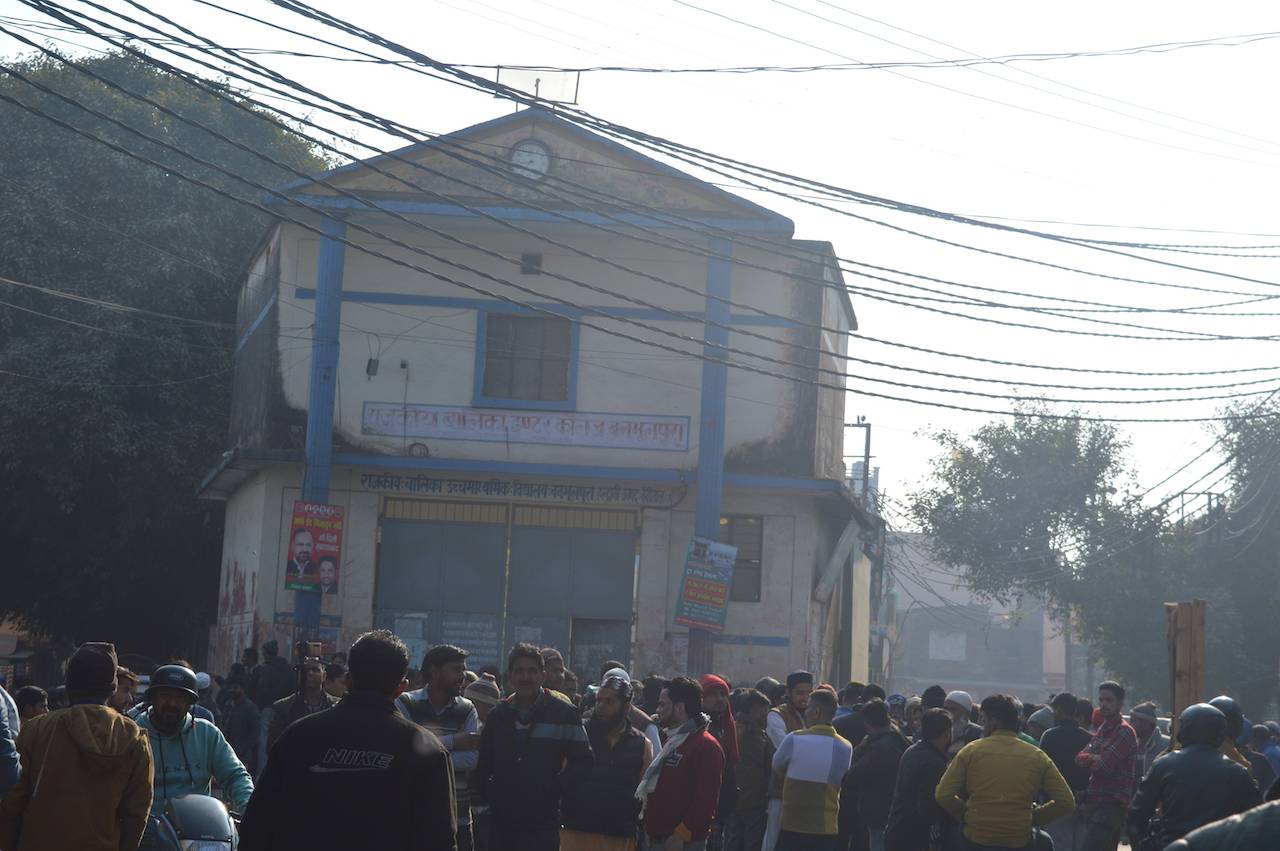
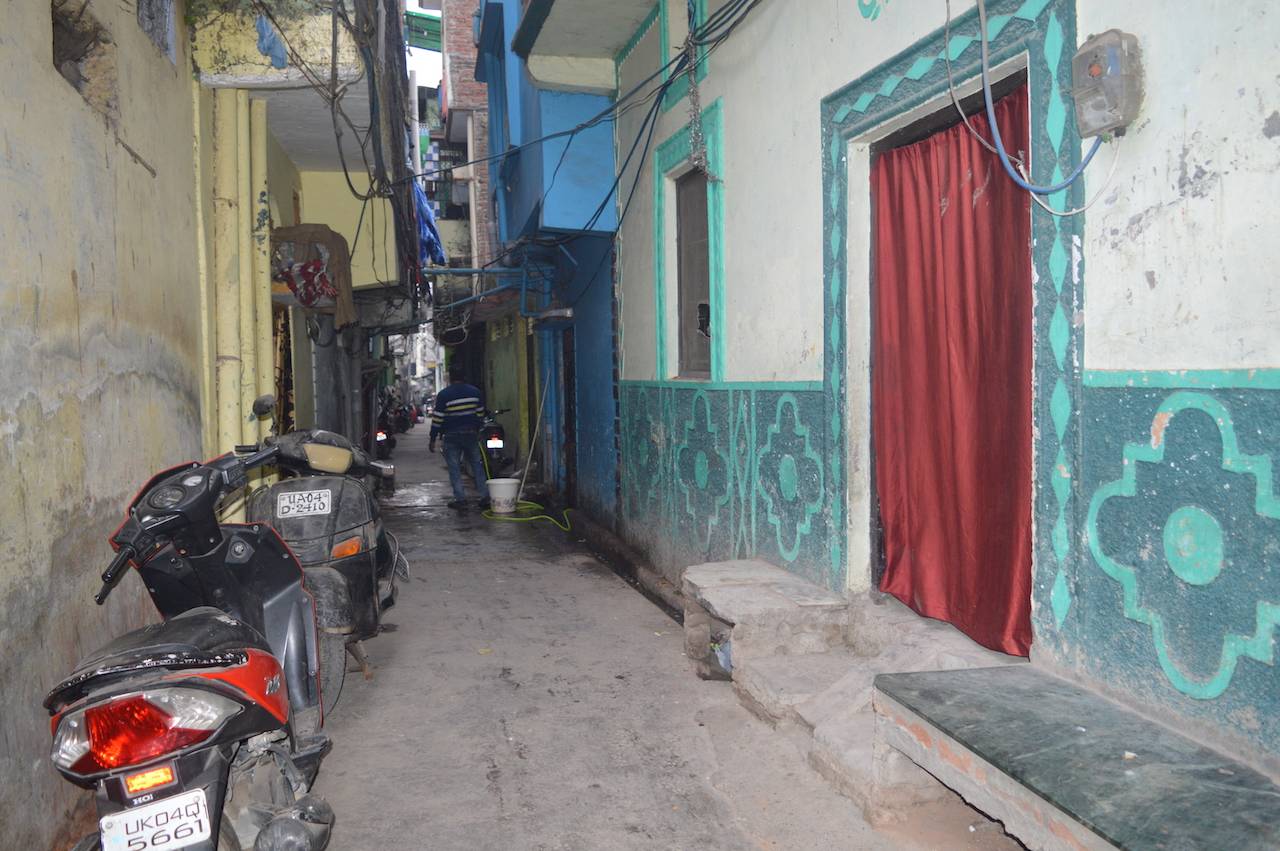
Banbhulpura is an old settlement, with a few houses built in even 1930s and 1940s. Books have documented this and residents show papers to stress their legality. A few residents show land deed documents issued by state authorities, and others have bought evacuee properties in the 1950s, left behind by those who moved out during partition. One resident shows document on a stamp paper bearing the picture of Bahadur Shah Zafar, another said they have documents issued during the British period.
The residents in attempts to prove their ‘legality’ also point to the fact that the state itself has built five schools, one health care centre, two banks, and a huge water tank and invested in building facilities like sewage lines in the area.
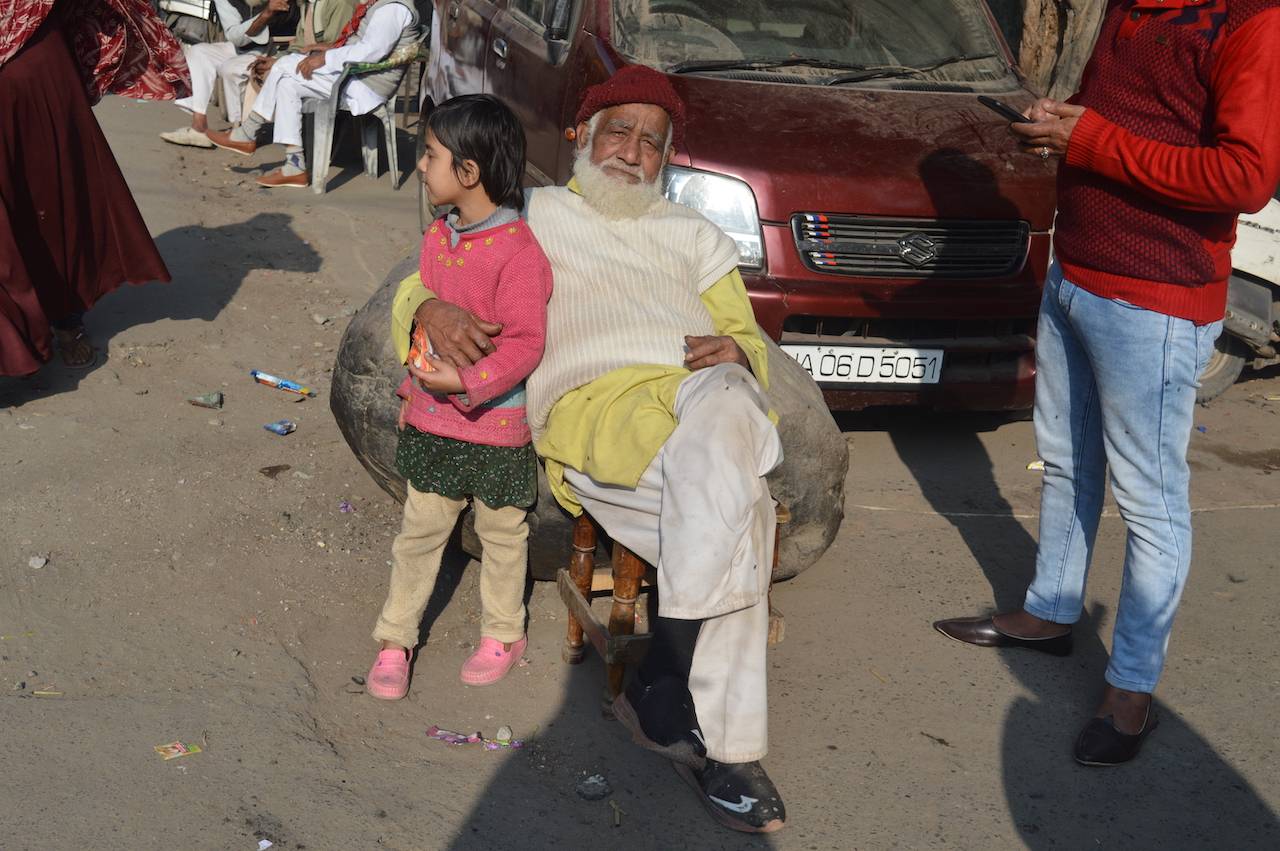
The residents of Banbhulpura are an inherent part of the history of Haldwani, that has grown with them. Looking at the history of the development of Haldwani, one finds that many have been involved in encroachment of some kind or other, including the rich as well as the poor. This happens in full awareness of the state authorities. But who gets defined as an encroacher and who faces bulldozer action is very clear from the recent developments, be it Haldwani or Delhi or elsewhere.
Banbhulpura has both kinds of structures, wider lanes with well-built pakka houses, as well as congested smaller houses in narrow lanes with open drains.

A part of Banbulpura has slum-like settlements as well, whose population is most vulnerable and needs the state’ support in developing better dwelling conditions, rather than snatching away from them whatever little they have to run their lives. They are the daily wage labourers and skilled mechanics, without whom the city of Haldwani cannot work. This also became evident during the COVID-19 lockdown.
Many residents have small shops or sell gur and fruits on thelas, while others are lawyers, retired government officials, and teachers. The population includes both Hindus and Muslims. The area is Muslim-dominated, and people have stayed without any communal tensions so far.
People from all over Haldwani come to Banbhulpura to savour Biryani and other delicacies. The khilona and batasha—an essential part of Diwali, and kites flown on Independence Day are made here.
People of Uttarakhand are now pointing to the fact the state’s development model has ensured that the hills are becoming uninhabitable, villages have no livelihood options and towns like Joshimath are sinking. If even settlements from plains areas like Haldwani are uprooted, where will the Uttarakhand people go?
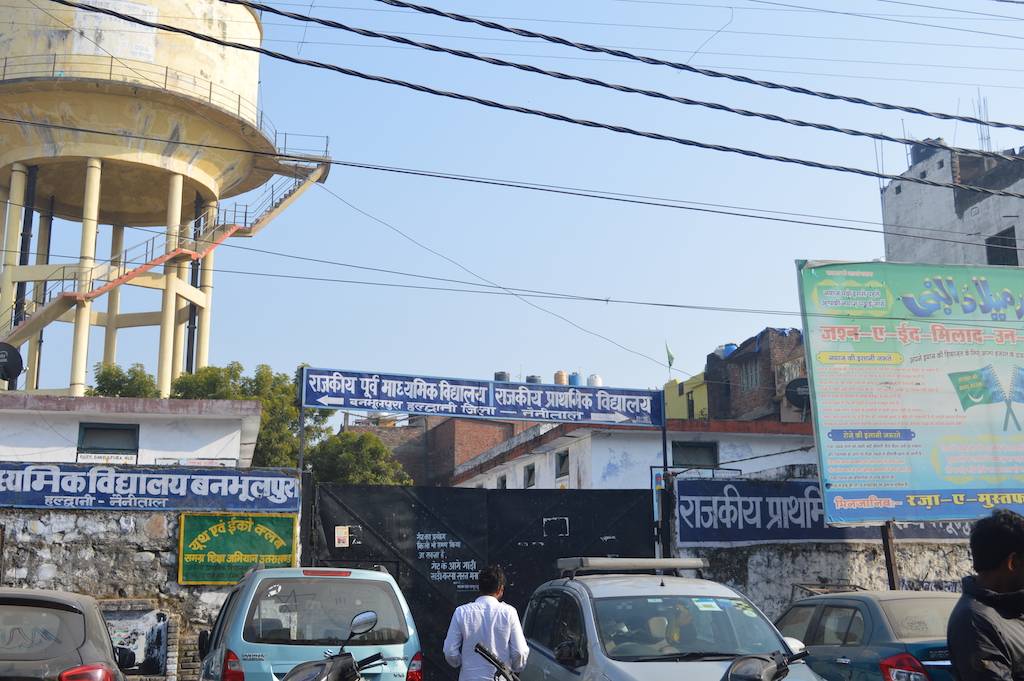

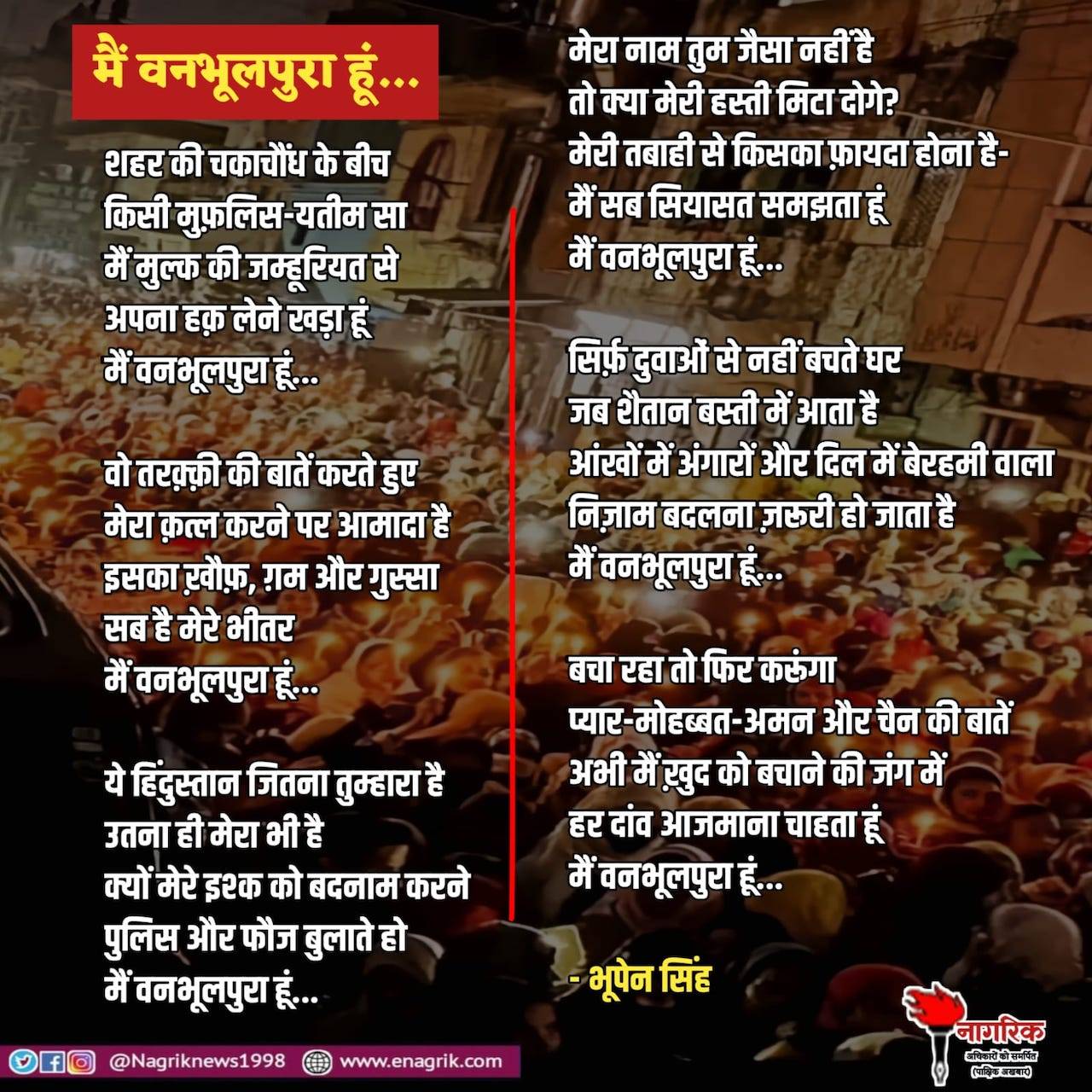
Dr. Shruti Jain is an independent researcher. She has written extensively on social movements.

